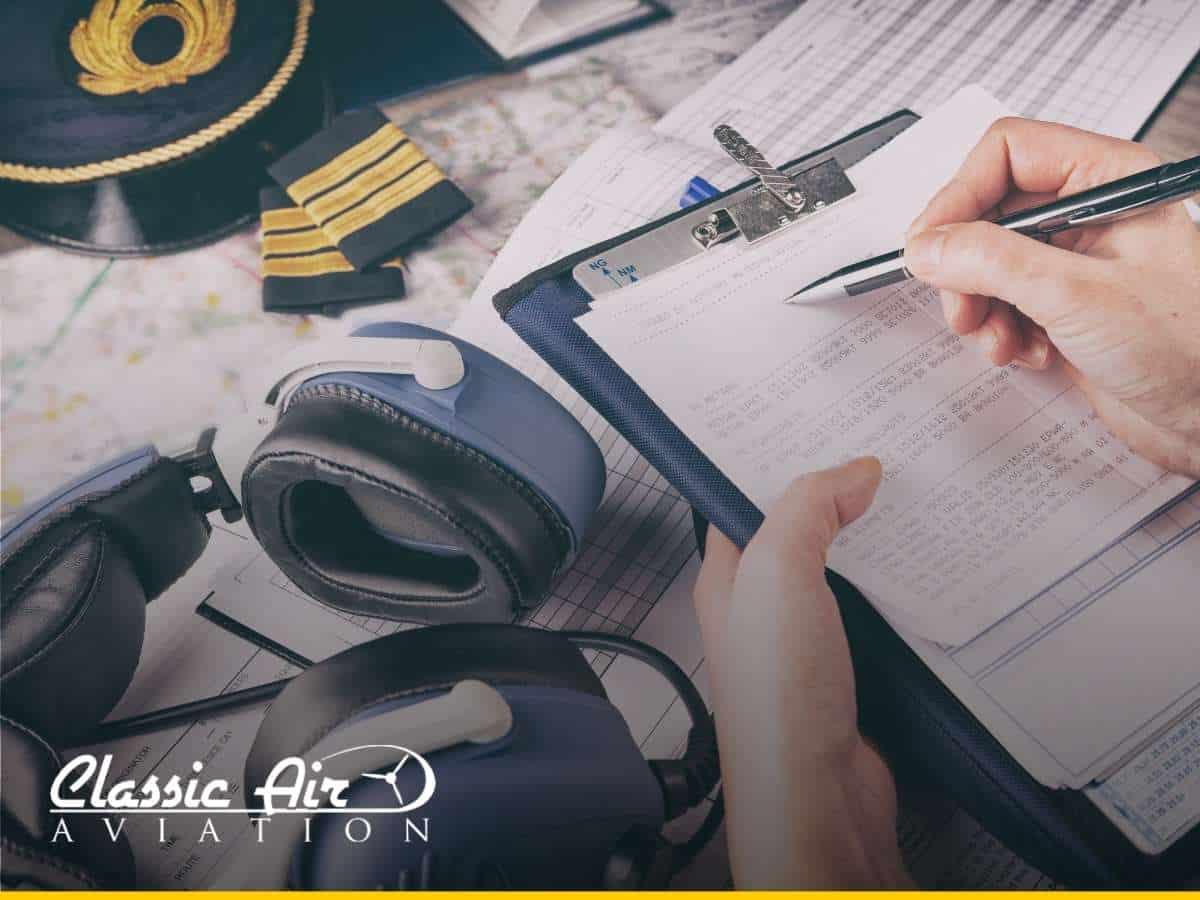Different Types Of Pilot Certifications: Everything You Need To Know
A pilot license, like a driver’s license, is required to operate an aircraft. It is a crucial tool to fly with the regulations required by the FAA.
Pilot licenses vary depending on the purpose of the flight. They also vary depending on the privileges and responsibilities they offer. Some examples include commercial, air tour, instrument rating, helicopter, seaplane, and balloon pilot licenses.
Since there are many pilot licenses available, you may be wondering what their differences are. Throughout this article, we’ll explain all you need to get your pilot’s license in a Arizona flight school.
The FAA refers to “pilot licenses” as “pilot certificates,” but for the sake of clarity and understanding, we’ll refer to them as “pilot licenses” throughout this blog. You can determine the type of pilot license – or types of pilot licenses – you’ll require to achieve your aviation objectives by using the information provided below.

Understanding The Basics On Pilot Licenses
In general, when it comes to acquiring different pilot licenses, you must meet a particular age, speak the English language, and meet other fundamental eligibility minimums, so you should always ensure you meet each.
Piloting an airplane requires an FAA-issued pilot license, medical certification, and a government-issued photo ID. Additionally, ratings can be added to a pilot license (certificate), allowing the pilot to perform specific activities.
Different types of pilot licenses come with different benefits and restrictions. In reality, each pilot license grants the holder the ability to fly aircraft of a specific type and class.
“Category” refers broadly to the type of aircraft, such as “airplane,” “rotorcraft,” and “lighter than air,” but “class” is more precise and refers to the operating characteristics of an aircraft, such as “single-engine” or “multi-engine,” as well as “land” or “sea.”
There are various types of pilots, and if you’re ready to take Arizona flying lessons but aren’t sure what’s required, read the types below.
Sport Pilot’s License
Sport pilot license has some limitations, but getting one could be a great starting point for gaining further licenses.
You can become certified to fly a light sport aircraft with a sport pilot license (LSA). Consider that pilots with this license cannot fly at night, in conditions with visibility of fewer than three miles, or in Class A-D airspace or airports.
You can only fly with one passenger while holding a sport pilot’s license, and only for shared expenditures.
An applicant for a sport pilot certificate must:
- Possess a student pilot’s license
- Have at least 20 hours of flight training
- Pass both the written and practical tests
License For Recreational Pilot
This license is similar to a sport license but slightly better for those who prefer local flying.
The leisure pilot license has many of the same flight restrictions as the sport pilot license.
With this license, you can still fly with one passenger outside Class A-D airspace.
This license allows you to fly only during daylight hours, in fair weather, and within 50 nautical miles of your home base.
Your Arizona flight school can give you more details about this license, but keep in mind that it’s preferred for hobbyists.
For this license you need to:
- Pass the written and practical tests
- Possess a sport or student pilot’s license
- Complete 30 hours or more of flight training
What Is a Private Pilot’s License?
The private pilot license is the next level up from a recreational pilot license (PPL). A private pilot’s license eliminates several restrictions, but it does not entitle the holder to remuneration or employment.
The qualifications for a private pilot license vary depending on whether a flying school operates under Part 61 or Part 141. However, in general, a person has to:
- Pass the written and practical tests
- Hold a student pilot certificate
- Complete at least 35 to 40 minutes of flight time
A private pilot license opens the door to new opportunities. With these types of pilot licenses, you can fly outside of a 50-mile radius and even outside of the United States while carrying more than one passenger. You can fly at night and at airports with towers if you have a PPL.
Your PPL can be enhanced with an instrument rating, although this is not a certificate by itself, even if you get it with Mesa flying lessons. It allows you to operate in conditions with limited visibility and fly “by instruments.”
What Is a Commercial Pilot’s License?
A commercial pilot license is required for anyone wishing to pursue a profession in aviation. It is probably the most important license because it allows you to fly commercially.
To obtain this license you must:
- Pass the required tests
- Get a private license
- Complete 250 hours of flight experience for part 61 and 190 hours for part 141
With a commercial pilot’s license, a pilot can do operations for pay and hire. After obtaining a second FAA-issued Certified Flight Instructor certification, CPL holders can work as tour pilots, banner towing pilots, and flight instructors.
Become a Pilot With a Reliable Mesa Flight School
There are other pilot’s licenses like helicopter and drone license, but the previous ones are the most important. Getting a commercial pilot’s license may seem difficult, but it’s not impossible with the right lessons!
Contact Classic Air Aviation now to become a certified pilot and start flying soon!

4805 E Falcon Dr
Mesa, AZ 85215
Phone: 602-574-5376
Email: support@classicairaviation.com
Website: https://www.classicairaviation.com/
